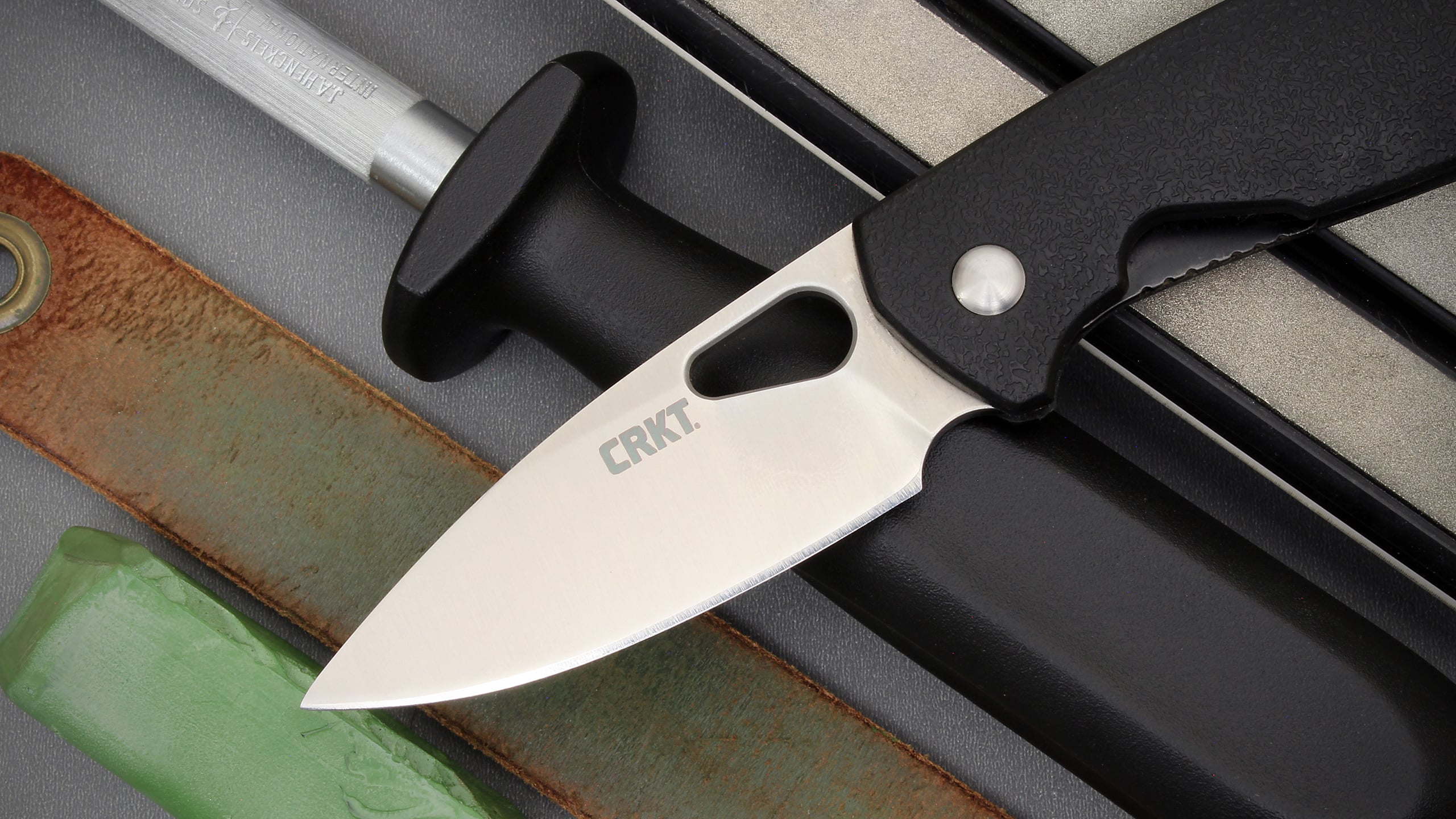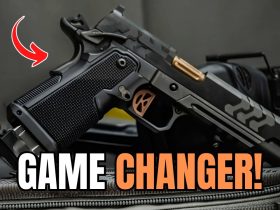It’s sometime in the late ’90s on an icy night at 1 a.m. and you just put that embarrassing secondhand Dodge Dynasty you got from your parents into a ditch. You call the one friend in college you know with a 4WD pickup who’ll come rescue your ride in the middle of the night and not tell anybody who’ll tell your parents. He shows up and rescues you.
Ruger P89
- Caliber: 9mm Luger
- Weight (unloaded): 32.8 ounces
- Capacity: 15+1 rounds
- Length: 7.75 inches
- Barrel Length: 4.75 inches
- Price Paid: Six 1-oz. Austrian Philharmonics and five random 1-oz. silver bars (just under $200 at time of purchase)
Pop quiz: What pistol was in an Uncle Mike’s nylon Sidekick holster and wedged between the driver seat and console of his truck? Yup. An alloy-framed Ruger P-series autoloader. Being a perpetually broke college student who depended on pulling friends out of ditches for beer in the winter months, it was probably a 9mm, because 9mm Wolf was cheaper than .45 Anything.
And that means it was probably a Ruger P89.
Ruger’s P-series of double-action autos, of which the P89 is the third variant after the P85 and P85 Mk II, was originally intended to compete in the military’s handgun competition in the ’80s, but by the time it was ready, the Italians already won the contract.
It made a pretty big splash commercially, though, because it gave Ruger an entry into what was then the hottest category of handgun, what the gun magazines of the time dubbed “Wondernines.” (I’m not making that up. Sometimes they even printed it in the article blurbs on the cover.) These were double-action, double-stack 9mm Para pistols, and you weren’t an ’80s or ’90s action-movie hero without one.
Because its frame and slide are finish-machined from castings, the Ruger P89 enjoyed a big price advantage over its closest domestic competitor. You could just about buy two P89s for the cost of a Smith & Wesson 5906. MSRP for a stainless KP89 around the turn of the millennium was $525 and a blued Ruger P89 was $475, but street prices for the latter were often closer to three bills. Bruce Willis might not have used one in Nakatomi Tower, but it was the everyman handgun of its day.
Like many Ruger offerings, it gained a reputation for reliability such that any time the P-series guns get brought up in gun forums to this day, you’ll get people waxing nostalgic about them. “They may have been big and ugly, but they sure worked!”
Curious to see if they really were that reliable or if the rep was just hazy nostalgia from a misspent youth, we inquired around and wound up getting one, along with a few magazines, from a dealer in exchange for $200. (Actually, 11 ounces of silver, but that’s another story.)
ABOUT THE RUGER P89
Is it reliable? Well, this example chugged through two cases of assorted ammunition with zero maintenance and zero malfunctions of any sort. It was even reasonably shootable once one got used to its eccentricities.
For instance, despite using tricks like inletting the grip panels into the frame, the cast construction makes for hand-filling dimensions … if you can palm a basketball. If you can’t palm a basketball, your hand will likely be over-filled. This is a large pistol. The reach to the trigger in double-action mode is a stretch for all but the largest paws.
When your finger finally does reach that DA trigger at the end of a long journey, it’s greeted by a trigger pull that, even on this well-worn sample, measures north of a dozen pounds. At least it’s smooth and doesn’t stack; revolver companies know how to make DA triggers. The best thing about the double-action pull is that you only have to do it once and then you can reach the trigger like normal for subsequent shots.
Normally, complaints about high-bore axis are overblown. For most shooters, the effect of the bore axis height on Pistol A versus Pistol B in split times is lost in the statistical noise.
Not the Ruger, though. The slide is a massive casting, and the shape of the backstrap ensures that said massive casting is positioned well above your grip. As it slams back and forth under recoil, you notice it; it’s like shooting a Shake Weight.
THE AWESOME
- It’s actually as reliable as the legends claim.
- The Ruger P89 had ambidextrous controls before ambidextrous controls were cool.
- Magazines are plentiful and still cataloged by Ruger.
THE OKAY
- It’s 2 pounds of steel and aluminum, even before you add the brass and lead.
- You’re relegated to the bargain bin for holsters.
- Aftermarket upgrades are negligible.
THE AWFUL
Yes, it’s reliable. Yes, it’s capable of good accuracy with practice. But it’s going to be tough to CCW because it holds to the old Bill Ruger motto, “No honest man needs a handgun smaller than a canned ham.” Even the Ruger American feels like a hi-point got a facelift and a trigger job.
Like Ruger’s classic double-action revolvers, the P-series autos never use 1 ounce of metal where 2 ounces will do the job just as well. Still, if you can find a more reliable double-stack 9mm semi-auto pistol than the Ruger p89 for $200, buy it.

NEXT STEP: Download Your Free Target Pack from RECOIL
For years, RECOIL magazine has treated its readers to a full-size (sometimes full color!) shooting target tucked into each big issue. Now we’ve compiled over 50 of our most popular targets into this one digital PDF download. From handgun drills to AR-15 practice, these 50+ targets have you covered. Print off as many as you like (ammo not included).
Get your pack of 50 Print-at-Home targets when you subscribe to the RECOIL email newsletter. We’ll send you weekly updates on guns, gear, industry news, and special offers from leading manufacturers – your guide to the firearms lifestyle.
You want this. Trust Us.
Read the full article here


















Leave a Reply